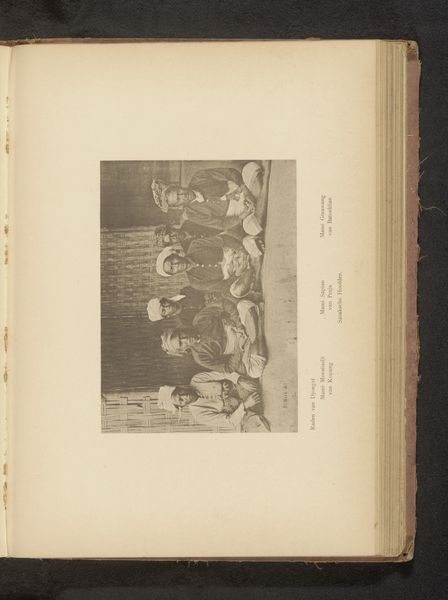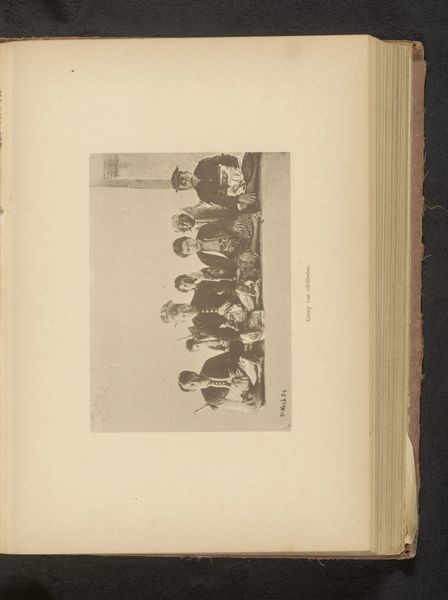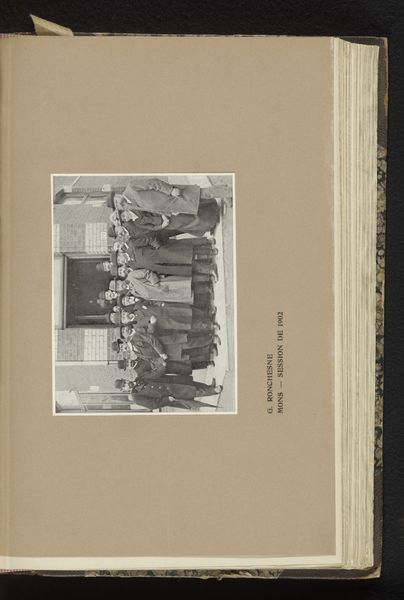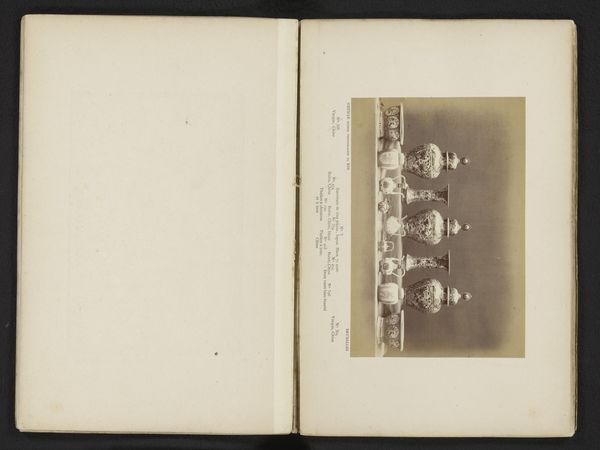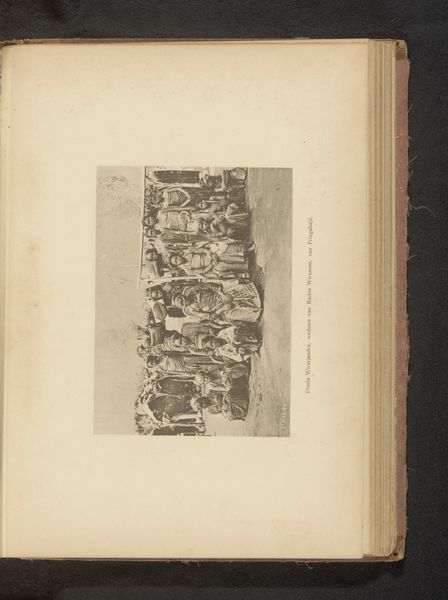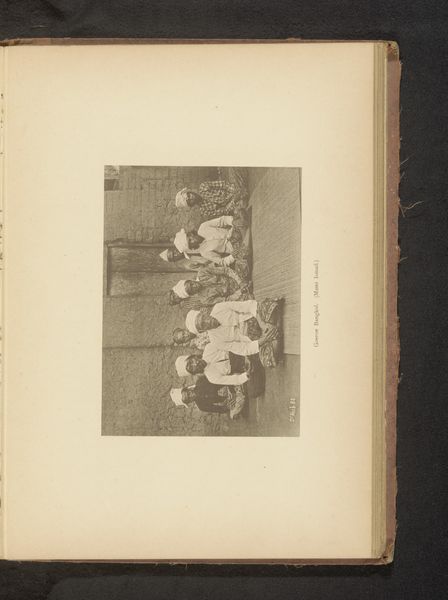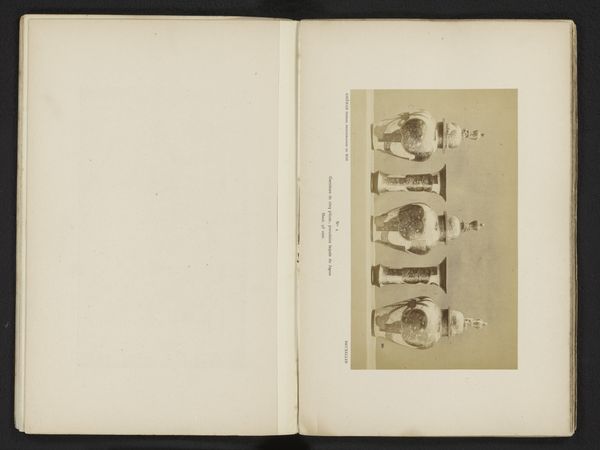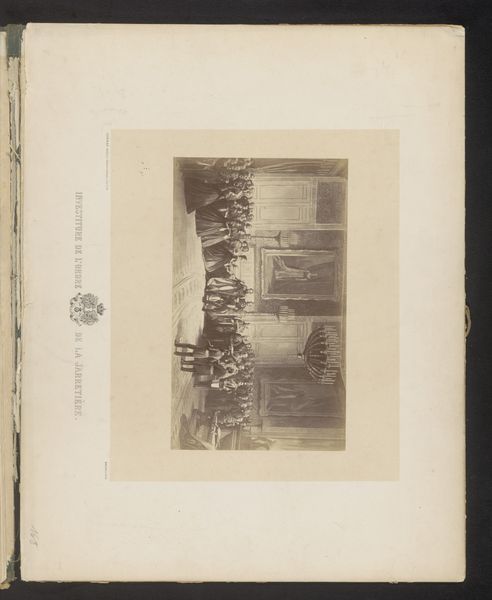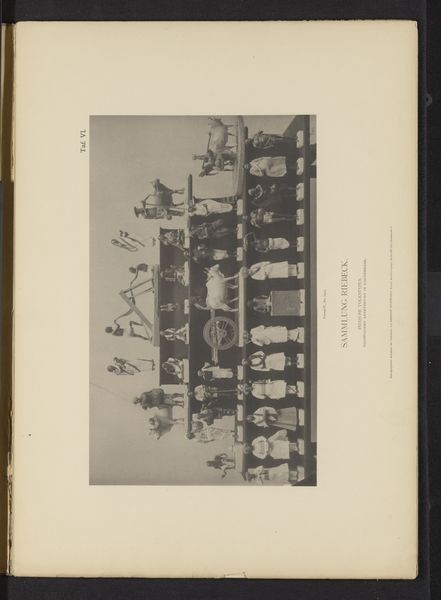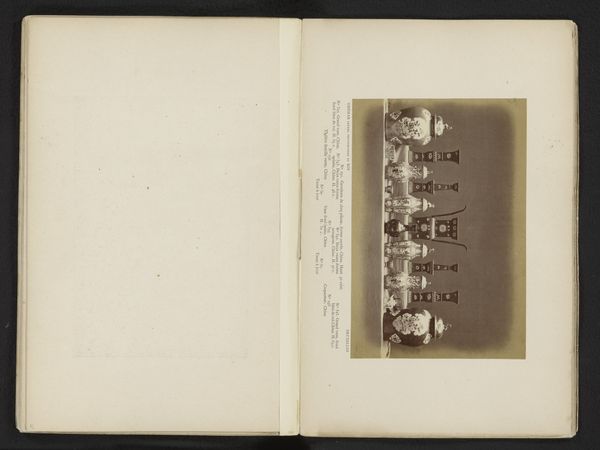
Portret van Raden Melajoe Koesoema van Mas Bage, Mami Kertawang van Sakre, Laloe Soetawang en Raden Satradji van Rarang before 1897
0:00
0:00
photography
#
portrait
#
dutch-golden-age
#
photography
#
orientalism
Dimensions: height 120 mm, width 167 mm
Copyright: Rijks Museum: Open Domain
Editor: This is a fascinating photograph from before 1897 by Christiaan Johan Neeb, titled "Portret van Raden Melajoe Koesoema van Mas Bage, Mami Kertawang van Sakre, Laloe Soetawang en Raden Satradji van Rarang". It depicts four Indonesian men seated together, but something about the way they’re arranged and their expressions feels staged and a little…uncomfortable. What do you see in this piece, especially considering the photographer? Curator: That discomfort is crucial, and beautifully observed. Neeb, while a technically skilled photographer, operated within a colonial framework. This image isn’t simply a portrait; it’s a document deeply implicated in the power dynamics of Dutch colonialism in Indonesia. Notice how their dress mixes what appear to be local and colonial elements? It speaks to cultural assimilation and the ways in which identity was negotiated and often imposed. Editor: So, it’s not just about capturing their likeness? Curator: Precisely. Photography during this period served as a tool for both documentation and control. Who had the power to represent whom, and how, becomes the central question. How do you think the choice of posing the men seated, rather than standing, plays into this dynamic? Editor: It does seem to place them in a subordinate position, especially in relation to the presumed viewer, a Western audience perhaps? Also, the almost scientific cataloging of their names in the title…it feels dehumanizing. Curator: Absolutely. And the "Orientalist" style tag further contextualizes this as a Western interpretation and commodification of the "exotic" East. By examining the nuances of pose, dress, and even the title itself, we unveil the complex interplay of identity, power, and representation in this historical moment. It challenges us to deconstruct these colonial narratives. Editor: I hadn't considered the photograph as an active participant in colonial power structures. It makes you wonder how those being photographed truly felt about the situation and how we view photographs from the past today. Curator: Exactly. It is in that critical inquiry that art history becomes truly powerful, doesn't it?
Comments
No comments
Be the first to comment and join the conversation on the ultimate creative platform.
